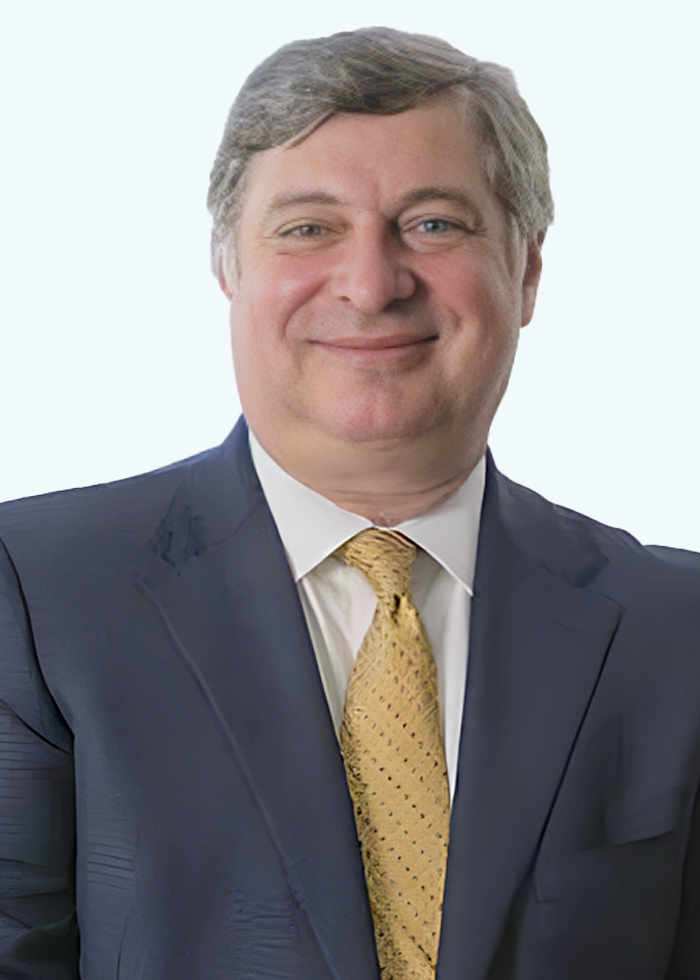Patenting in the chemical industry is not as straightforward as it may seem. While a new compound, formula, or process might hold promise, meeting the strict requirements of the United States Patent and Trademark Office (USPTO) is a demanding process. Chemical patents must show not only novelty but also utility and specificity, which can be especially challenging when dealing with complex compounds or broad applications.
In this post, we review the main challenges that come up when seeking patent protection for chemicals and how careful planning can make a difference.
Meeting the Utility Requirement
To receive a patent, a chemical invention must be useful. For many chemicals, proving utility is not simple. For example, a new compound may exist, but unless its function is clearly established, the USPTO may deny the application.
- Undefined purpose: A chemical that has not been tested for practical use may be rejected.
- Speculative claims: Simply suggesting that a compound “might” have medical or industrial applications is rarely enough.
We help inventors strengthen their claims by providing well-documented data, testing outcomes, and descriptions of real-world applications. This not only supports the patent filing but also demonstrates value to potential investors or partners.
The Specificity of Chemical Patents
Unlike some other fields, chemical patent claims must be extremely precise. A small change in structure, formula, or concentration can alter the outcome, making broad claims difficult.
When drafting claims:
- The molecular structure must be clearly defined.
- Processes must be described in detail.
- Variations or alternatives should be anticipated and accounted for.
If a claim is too broad, the USPTO may find prior art that undermines it. If it is too narrow, the scope of protection may be too limited to provide real value. Striking this balance is one of the key hurdles in chemical patenting.
Prior Art in a Complex Field
The chemical industry has a vast body of prior art, from academic publications to previously filed patents. Even if a compound appears new, it may be considered obvious when compared to existing research.
Because of this, a thorough search is vital before filing. We look not only at patents but also at scientific journals and international filings. This helps identify potential conflicts and allows inventors to adjust their applications to avoid costly rejections.
Data and Experimental Evidence
Unlike some inventions that can be described in theory, chemical inventions often require experimental data to prove their claims. Without data, it can be difficult to convince the USPTO that the invention works as described.
Common issues include:
- Insufficient experimental results.
- Data that does not clearly connect to the claimed invention.
- Inconsistent or incomplete testing methods.
For stronger applications, we encourage inventors to include detailed experimental results and peer-reviewed findings whenever possible.
International Considerations
Chemical patenting also brings global challenges. Requirements in the U.S. may differ from those in Europe, Asia, or other regions. For example, what qualifies as sufficient disclosure in one jurisdiction may not be enough elsewhere.
This means chemical companies often need coordinated filing strategies that account for variations in patent law across borders. Planning early helps secure broader protections and avoids gaps that competitors could exploit.
Protecting Processes vs. Compounds
Another challenge lies in deciding whether to patent the compound itself, the process for making it, or both.
- Compound patents provide strong protection but are often harder to obtain.
- Process patents may be easier to secure, but can sometimes be worked around if competitors discover alternate methods.
In many cases, pursuing both types of protection provides the strongest safeguard, though it requires careful drafting to avoid inconsistencies.
Overcoming the Hurdles
Chemical patenting is a field full of challenges, from proving utility and specificity to avoiding prior art and providing solid data. However, with the right approach, inventors and companies can secure strong protections that add real value to their innovations.
At Gearhart Law, we understand the unique obstacles faced by chemical inventors. We work with you to craft applications that stand up to scrutiny and help protect your hard work and innovation. If you’re considering patenting a chemical compound or process, we encourage you to reach out and discuss how we can support your goals.

